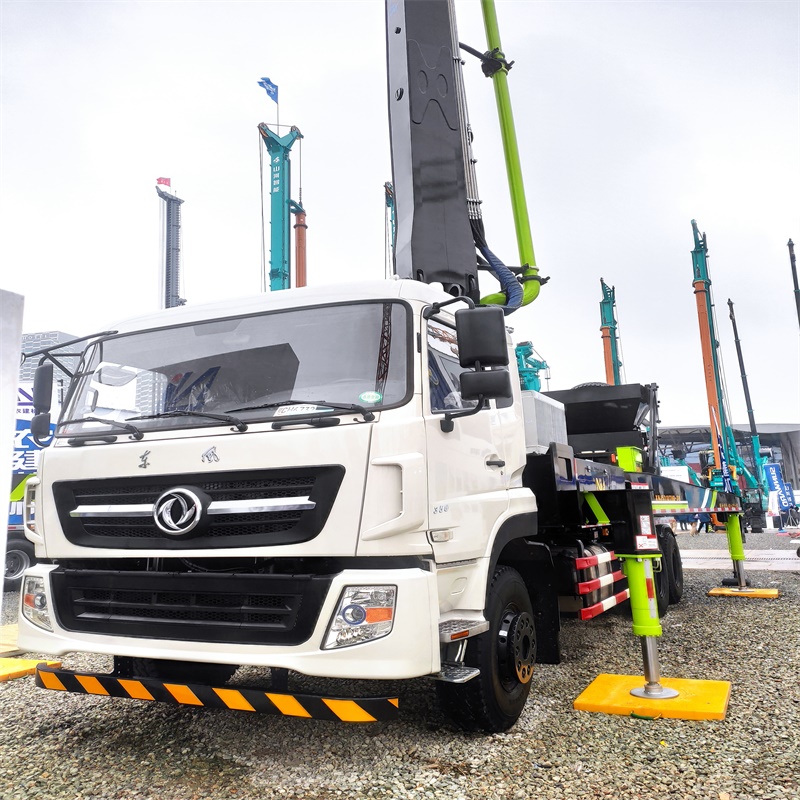The racing department of the American car brand Chevrolet announced that their team has raced 80,000 miles on cars equipped with 3D printed parts this season.
The brand’s Corvette, INDYCAR, NASCAR Camaro and Silverado racing teams all contributed to the mileage. They used 3D printing of fuel tanks, air conditioning cooling tanks, integrated hydration systems, headlight assemblies and power steering pump brackets.
“Chevrolet has a long history of technology transfer between motorsports and production teams, which is a perfect example of our approach,” said Jim Campbell, vice president of American Performance and Motorsports, Chevrolet’s parent company, General Motors (GM). “General Motors’ 3D printing capabilities have accelerated our learning cycle, and these track experiences have in turn helped our additive manufacturing team take a step towards using 3D printed parts in production vehicles.”
Chevrolet’s two new mid-engined Corvette C8 have accumulated about 8,000 miles in 7 games this season. Each R car is equipped with 75 3D printed parts, of which 50 are designed or printed internally by General Motors. C8. R made his debut on the Daytona Rolex 24 in January this year and ranked fourth in the debut show. These vehicles contributed to the Corvette’s dominant racing season, winning five championships and three 1-2 championships.
Chevrolet’s INDYCAR program also achieved results by using 3D printing in the Indy V6 race car. The exhaust system of the vehicle contains 3D printed components to help eliminate the points of failure in traditionally manufactured components, in addition to reducing costs and increasing design freedom. Since the start of the Genesys 300 racing season in June, the Chevrolet INDYCAR engine has driven more than 60,000 miles.
At the same time, Chevrolet’s Silverado off-road racing car has three 3D printed parts made in-house by General Motors, including a carbon fiber reinforced plastic rear shock absorber shield, designed to protect the truck from the rocky desert terrain. Since October last year, the truck has experienced a 900-mile race in six races.
In NASCAR, Chevrolet engineers optimized the aerodynamic performance of its Camaro ZL1 1LE race car through extensive wind tunnel tests, and tested more than 500 3D printed prototype parts to develop the body of the ZL1 1LE. The car is also equipped with 3D-printed gear cooling tubes and has driven a total of 18,500 miles in 27 races.
“By using 3D printed parts, Chevrolet Motorsport demonstrated the many benefits of additive manufacturing, including manufacturing efficiency, reduced quality, part consolidation, creativity and cost savings,” said Audley Brown, general manager of additive design and manufacturing materials engineering . “3D printed parts can provide the same strength and durability as cast or milled parts, which is essential for product development and design.”
In recent years, 3D printing has become a game changer in the racing industry, greatly reducing the cost of expensive custom, disposable components, while providing a cheap and fast method to produce prototypes for testing and research and development (R&D). General Motors is not the only auto company to take advantage of the opportunities presented by additive manufacturing.
Last year, 3D printer OEM Stratasys announced a partnership with Don Schumacher Racing to accelerate the design iteration, workflow and final part production of its Fortus 450mc and F370 3D printers. Soon thereafter, Stratasys launched a performance partnership program to use additive manufacturing technology to connect racing, competitive sailing and supersonic travel teams. The plan initially consisted of 11 partners, aiming to bring together 3D printing leaders in these industries as a collaborative group dedicated to advancing 3D printing in their respective fields.
Elsewhere, New Zealand car manufacturer Rodin Cars has collaborated with the award-winning NASCAR team Stewart-Haas Racing to implement 3D Systems’ sPro230, ProX 800 and ProX DMP 320 3D printers, with a view to increasing productivity in the automotive industry. At the same time, California metal 3D printer manufacturer VELO3D and Australian car company PWR have developed a new cooling technology for motorsports. Ohio machine tool manufacturer Cincinnati Incorporated announced a ten-year agreement with Hendrick Motorsports as its official metal Manufacturing and additive equipment provider.
In the field of student racing, the university team Hornet Racing used Carbon DLS 3D printing technology to increase the engine performance of its racing car by 43% in 2018. Recently, the Spanish student racing team ETSEIB Motorsport merged with additive manufacturing to customize their electric car for the Formula Student Race of the Year, printing the end-use cooling tubes of the brakes through fused filament manufacturing (FFF).
In the UK, the British engineering consulting company KW Special Projects (KWSP) received funding last year to establish a 1,657-square-meter digital manufacturing center in Silverstone Park to provide additive manufacturing equipment and guidance for automotive small and medium-sized enterprises.
Subscribe to the 3D printing industry news to get the latest news on additive manufacturing. You can also keep in touch by following us on Twitter and like us on Facebook.
Looking for a career in additive manufacturing? Visit 3D printing jobs to choose roles in the industry.
The featured image shows two medium-sized engine Corvette C8.Rs debuting at the Rolex 24 in Daytona on January 25, 2020, each equipped with 75 3D printed parts. The picture is from GM.
Hayley is a 3DPI technical reporter with a rich background in B2B publications such as manufacturing, tools and recycling. She writes news and feature articles and has a keen interest in emerging technologies that affect the world of our lives.
Post time: Jan-13-2021

